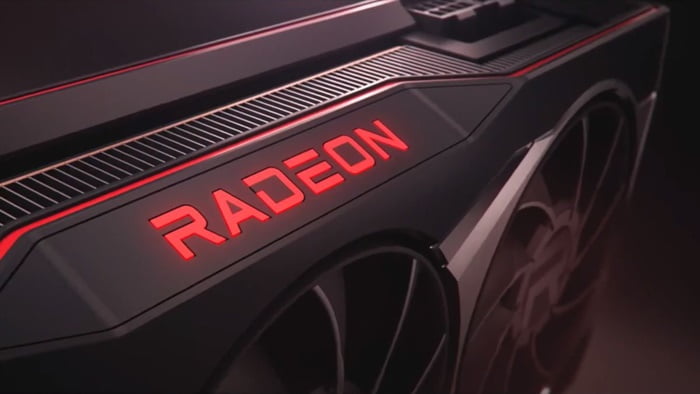AMD has revealed an interesting patent in which they talk about something called Gaming Super Resolution, a technology that could be the core of what we knew, until now, as FidelityFX Super Resolution. As we told you at the time, we are facing the possible rival of NVIDIA’s DLSS 2.0 technology.
AMD’s patent reveals a potential rival to NVIDIA’s DLSS 2.0 technology
The company has openly confirmed that it is working on this technology, and it is totally normal. With its DLSS 2.0 solution, NVIDIA has demonstrated the potential power of AI applied on image reconstruction in games is enormous. The difference is really impressive, when we compare two graphics cards, let’s say an RX 6800 XT and an RTX 3080, if we activate DLSS 2.0 on the latter, the former is left in a very complicated situation.
With all of the above in mind, it is easy to understand why AMD needs to respond to NVIDIA’s DLSS 2.0. Thanks to that Gaming Super Resolution technology, which will apparently be part of FidelityFX Super Resolution, the company could focus almost entirely on improving ray tracing performance.
Gaming Super Resolution: Here’s how this technology works
In the image below we have, on the left side, a representation of the patent associated with NVIDIA’s DLSS is shown, and Gaming Super Resolution on the right side. Even just on the surface, it’s clear that the two companies seem to have taken a different approach, but how exactly does AMD’s solution work? Let’s take a look.

According to the patent description, Gaming Super Resolution improves performance based on a method that consists of receiving an incoming image that has a certain resolution. Then, linear versions of that image with a lower resolution are generated through a specific rescaling network that can then produce non-linear versions of that image at a lower resolution. This method can convert the lower resolution versions of the input image into pixels of a second image, the output image, which will have a higher resolution, and which will determine the actual resolution we will see on the screen.
The patent also states that Gaming Super Resolution could work on a wide variety of devices, including, computers, video game consoles, laptops, mobile devices (tablets and smartphones), televisions.
According to the patent, the Gaming Super Resolution technology could work in different processing units, including from CPUs to GPUs. In short, it will be a cross-platform technology.





